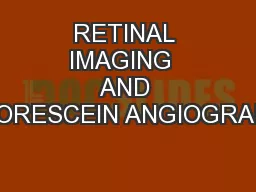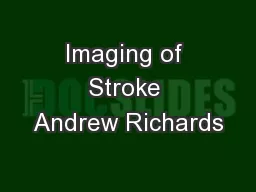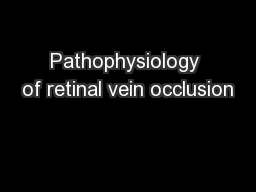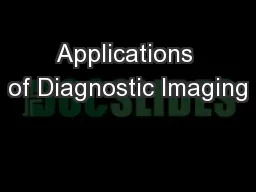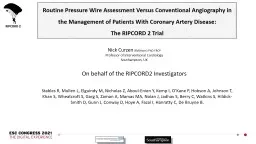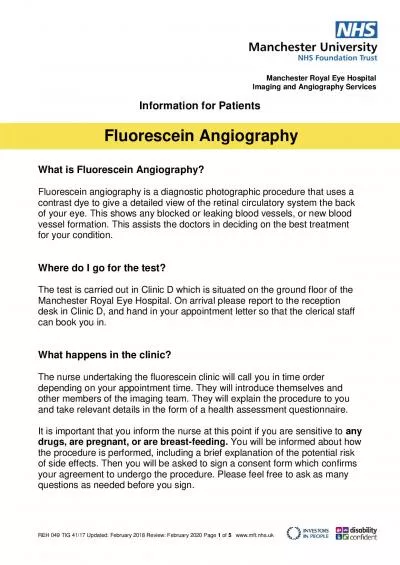PPT-RETINAL IMAGING AND FLUORESCEIN ANGIOGRAPHY
Author : mitsue-stanley | Published Date : 2018-09-24
RETINAL ANATOMY Choroid Retina Optic nerve Retinal Vasculature Central retinal artery Branch retinal arteries Arterioles Capillaries Venules Branch retinal veins
Presentation Embed Code
Download Presentation
Download Presentation The PPT/PDF document "RETINAL IMAGING AND FLUORESCEIN ANGIOGR..." is the property of its rightful owner. Permission is granted to download and print the materials on this website for personal, non-commercial use only, and to display it on your personal computer provided you do not modify the materials and that you retain all copyright notices contained in the materials. By downloading content from our website, you accept the terms of this agreement.
RETINAL IMAGING AND FLUORESCEIN ANGIOGRAPHY: Transcript
Download Rules Of Document
"RETINAL IMAGING AND FLUORESCEIN ANGIOGRAPHY"The content belongs to its owner. You may download and print it for personal use, without modification, and keep all copyright notices. By downloading, you agree to these terms.
Related Documents

